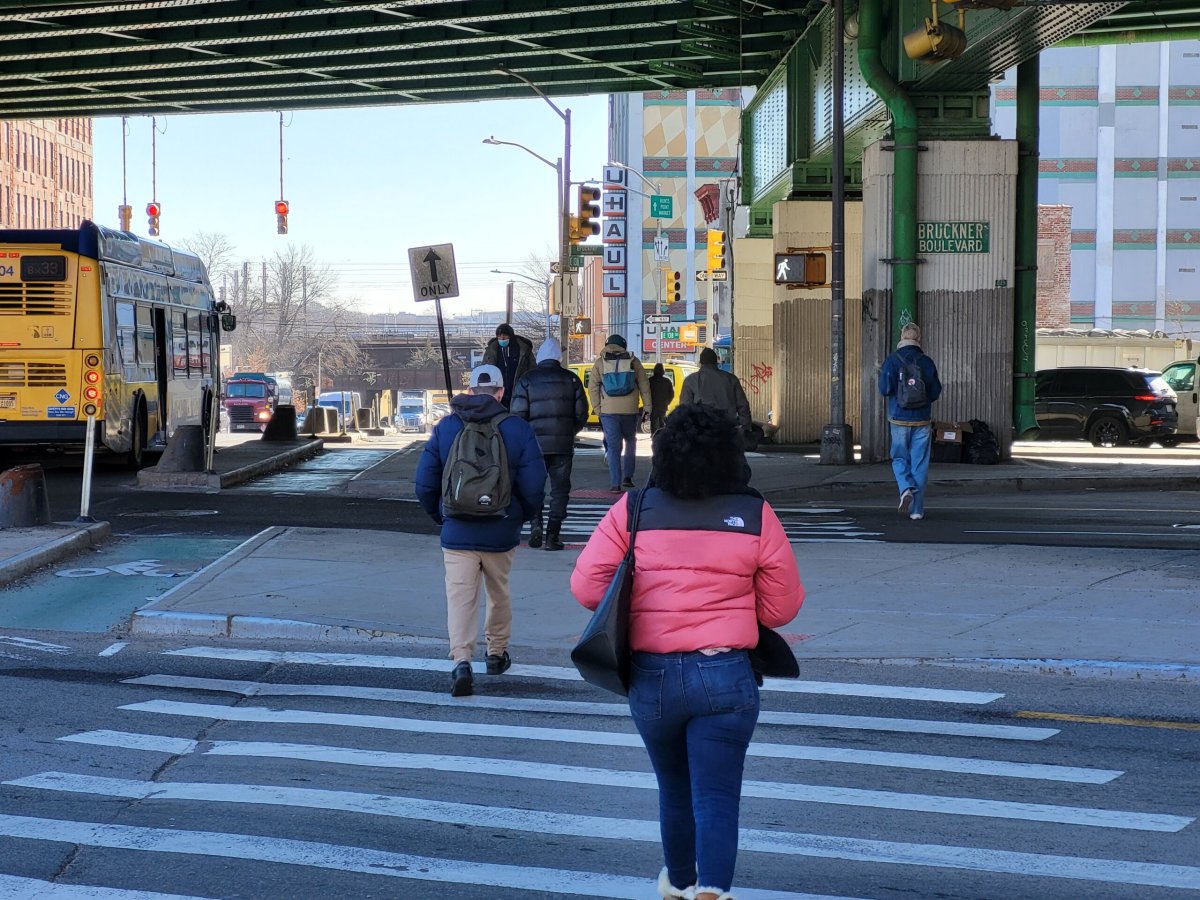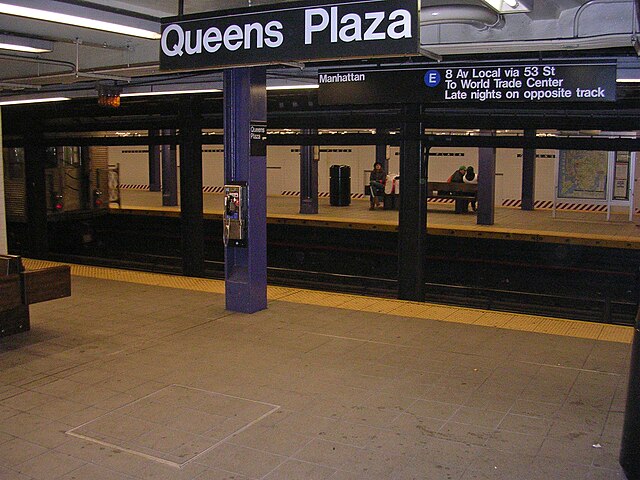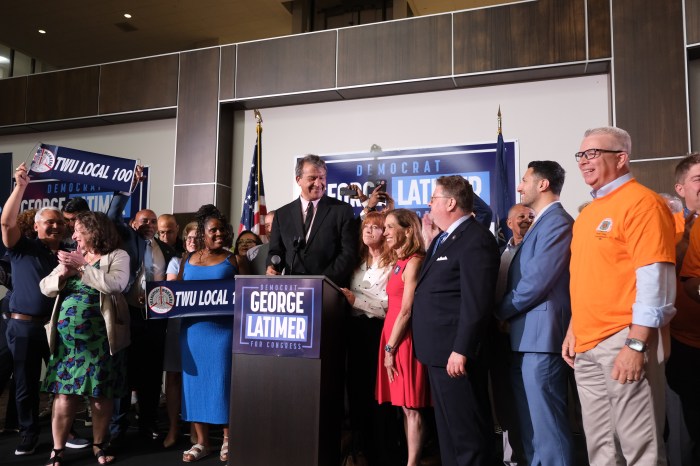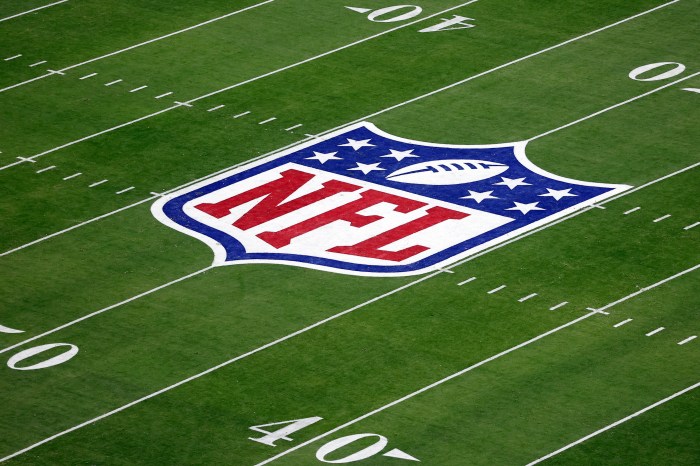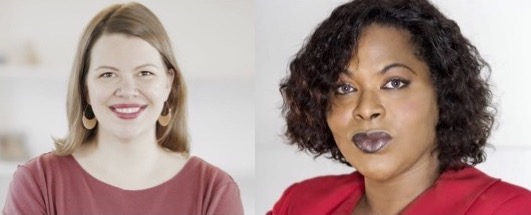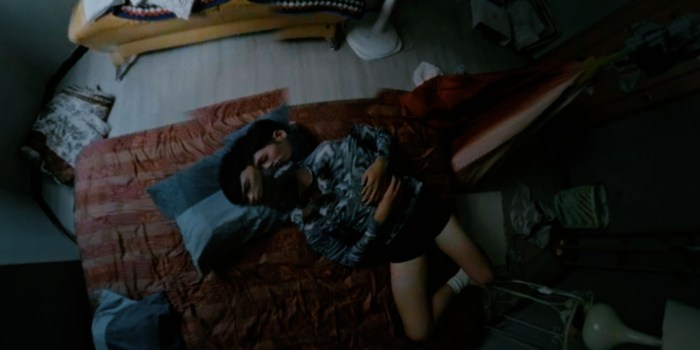Bronx electeds and the city Department of Transportation are joining forces to push for more traffic cameras to ticket vehicles that run red lights.
The Bronx is home to some of the city’s most dangerous roads. Recent data from the nonprofit Transportation Alternatives showed that the Bronx has the city’s deadliest roadway — East 138th Street — which saw 12 deaths between 2014 and 2023 in just a 1.5-mile stretch.
Last year, a record-high 29 New Yorkers were killed by drivers who ran red lights — and none of those intersections had cameras installed, according to DOT.
A total of 13,700 out of New York City’s 44,000 intersections have traffic lights — and current law only allows red light cameras at 150 of those, or about 1%, DOT Commissioner Ydanis Rodriguez said in an interview with the Bronx Times.
Rodriguez recently traveled to Albany to advocate for legislation that would add many more red light cameras to city intersections.
A bill sponsored by Bronx Assemblymember Jeffrey Dinowitz would allow cameras at up to 1,375 intersections, or about 10% of the city’s total intersections with traffic signals. Information from DOT shows that there are 1,768 traffic signals in the Bronx, but the commissioner was unable to put an exact figure on how many more cameras could be installed in the borough.
Dinowitz — who represents the neighborhoods of Kingsbridge, Van Cortlandt Village and Riverdale — was joined by fellow Bronx members Kenny Burgos, Chantel Jackson and Karines Reyes, who were among those co-sponsoring the bill.
Currently, tickets issued from red light cameras are sent to the registration holder of the vehicle and do not affect the point system for drivers’ licenses. But Dinowitz also voiced support for a state Senate bill to suspend the registration of vehicles who receive more than five tickets in a year from a traffic camera. Bronx State Senator Jose M. Serrano co-sponsored the bill, which has failed to pass repeatedly since 2018.
Dinowitz said that as a “champion for road safety,” he supports both the Assembly and Senate bills.
“By renewing this vital program and significantly broadening its reach … we are taking proactive steps to enhance safety on our streets and protect all road users,” Dinowitz said in a statement published by DOT. “These measures are essential to deter reckless driving behavior and ultimately save lives.”
And Rodriguez said that since even the youngest children know that red means stop, “We should have zero tolerance” for running red lights.
And cameras are effective, he said, as 82% of people who get one red light ticket don’t get a second, according to Rodriguez — showing that the cameras do help change drivers’ behavior.
If the bill to add more red light cameras passes, Rodriguez said DOT will use data to locate them in problem areas throughout the five boroughs — targeting intersections known for accidents while also keeping an eye on equity.
“No borough is left behind” in the DOT’s planning and educational initiatives, said Rodriguez.
The bill would bring a much-needed technology upgrade, as some of the current cameras are 30 years old, according to Rodriguez. New cameras — combined with improvements in street design — would make a big difference in the safety of all New Yorkers, he said.
Road safety affects everyone — and Rodriguez said that traffic violence should be taken as seriously as any other type of violence; but unfortunately it often takes the injury or death of a loved one for the message to sink in, he said.
In terms of technology, the city “cannot be behind where society is moving,” said Rodriguez. “We are in 2024 and we have to use all resources.”
Reach Emily Swanson at eswanson@schnepsmedia.com or (646) 717-0015. For more coverage, follow us on Twitter, Facebook and Instagram @bronxtimes

